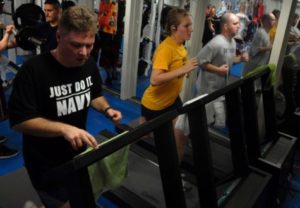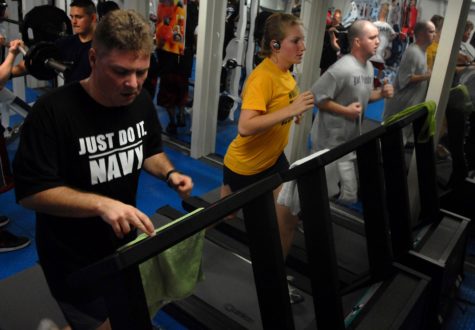ROCHESTER, Minn. — In Sweden it’s called “fartlek,” and a new study finds it might be the key to delaying the effects of aging.
Recent Mayo Clinic research has shown that high-intensity interval training can have profound benefits on the cellular level. Accomplished by alternating between high and low intensity exercise, interval training increased cellular energy by nearly 70 percent in some volunteers.

According to The Gale Encyclopedia of Fitness, the method possibly originated in Sweden where it is known as fartlek or “speed play.”
“Based on everything we know, there’s no substitute for these exercise programs when it comes to delaying the aging process,” says study senior author Dr. Sreekumaran Nair in a press release. “These things we are seeing cannot be done by any medicine.”
The researchers found as we age, the energy-generating capacity of our cells’ powerhouses, called mitochondria, slowly decreases. Studying what types of exercise best combats this, they found that though strength training is good for building muscle mass, it doesn’t compare to interval training when it comes to cellular benefits.
To reach their findings, the authors recruited 36 men and 36 women in two age groups, 18-30 year olds and 65-80 year olds. The two groups were then divided between three exercise programs: high-intensity interval biking, strength training, and a combination group.
After engaging in the training programs, the volunteers had their thigh muscles biopsied and analyzed.
The results? The younger volunteers in the interval training-only group had an impressive 49% increase in mitochondrial capacity while the older volunteers realized an astonishing 69% increase. This was well beyond the strength training group’s results.
The researchers said in some cases, the high-intensity cycling regimen “actually seemed to reverse the age-related decline in mitochondrial function and proteins needed for muscle building.”
With these significant findings as inspiration, Nair said they will be delving into how exercise can affect tissues other than muscle.
The study’s findings were published in March in an article in the journal Cell Metabolism.
Want to try interval training for yourself? Check out the Gale Encyclopedia guide here.

Comments
Comments are closed.